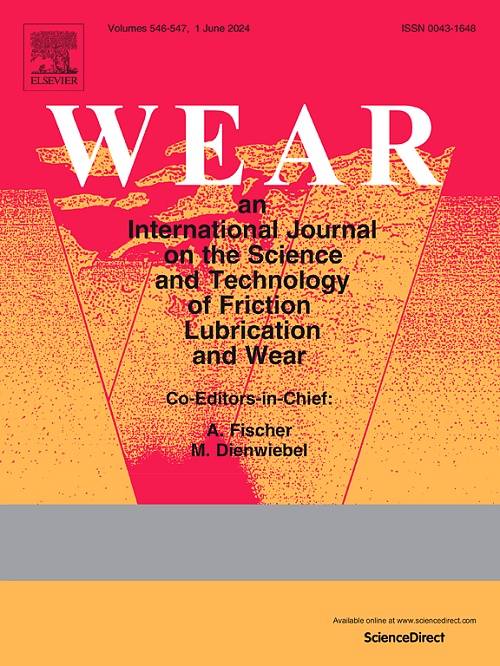利用先进的三维数值方法对面铣削过程中刀具磨损进行有效的预测模拟
IF 6.1
1区 工程技术
Q1 ENGINEERING, MECHANICAL
引用次数: 0
摘要
能够预测刀具寿命和刀具系统和工件材料的任何组合的最佳切削条件显然是一个最新的研究问题。这项工作提出了一种创新的策略,可以有效地预测端面铣削作业中的刀具磨损。主要目标是开发一种能够在工业可接受的计算时间内处理复杂3D几何形状和刀具路径的方法。该方法将刀具刃口离散为二维基本截面,提出了一种新的三维多尺度数值方法。采用二维任意拉格朗日-欧拉(ALE)有限元切削模型,平行计算各截面的局部接触压力、滑动速度和热流密度。应用一个基本磨损方程,模拟所有二维磨损轮廓,计算给定时间增量后的局部磨损率。然后合并这些轮廓以生成磨损工具的更新3D几何形状。进行了迭代过程来模拟刀具几何形状在延长切削周期内的演变。通过在合理的计算时间内获得与实验结果很好的一致性,该策略显示了在铣削作业中优化刀具寿命和性能的巨大潜力。本文章由计算机程序翻译,如有差异,请以英文原文为准。
Efficient predictive simulation of tool wear in face milling using an advanced 3D numerical approach
Being able to predict tool life and the optimal cutting conditions for any combination of cutting tool system and workmaterial is clearly an up-to-date research issue. This work presents an innovative strategy for predicting efficiently tool wear in face milling operations. The primary objective is to develop a methodology capable of handling complex 3D geometries and tool paths within an industrially acceptable computing time. The approach involves a new 3D multi-scale numerical method based on discretizing the tool cutting edge into 2D elementary sections. A 2D Arbitrary Lagrangian-Eulerian (ALE) finite element cutting model is employed to compute local contact pressure, sliding velocity, and heat flux along each section in parallel. An elementary wear equation is applied to calculate the local wear rate after a given time increment, simulating all 2D worn profiles. These profiles are then merged to generate the updated 3D geometry of the worn tool. An iterative procedure is conducted to simulate the evolution of the cutting tool geometry over an extended cutting period. By achieving a good agreement with experimental results in a reasonable computation time, this strategy demonstrates significant potential for optimizing tool life and performance in milling operations.
求助全文
通过发布文献求助,成功后即可免费获取论文全文。
去求助
来源期刊

Wear
工程技术-材料科学:综合
CiteScore
8.80
自引率
8.00%
发文量
280
审稿时长
47 days
期刊介绍:
Wear journal is dedicated to the advancement of basic and applied knowledge concerning the nature of wear of materials. Broadly, topics of interest range from development of fundamental understanding of the mechanisms of wear to innovative solutions to practical engineering problems. Authors of experimental studies are expected to comment on the repeatability of the data, and whenever possible, conduct multiple measurements under similar testing conditions. Further, Wear embraces the highest standards of professional ethics, and the detection of matching content, either in written or graphical form, from other publications by the current authors or by others, may result in rejection.
 求助内容:
求助内容: 应助结果提醒方式:
应助结果提醒方式:


